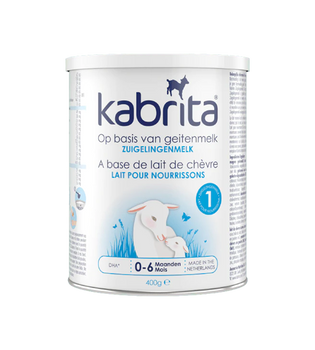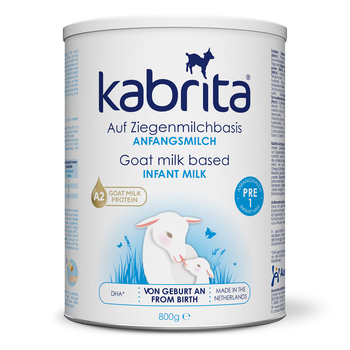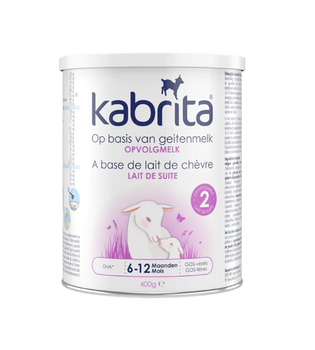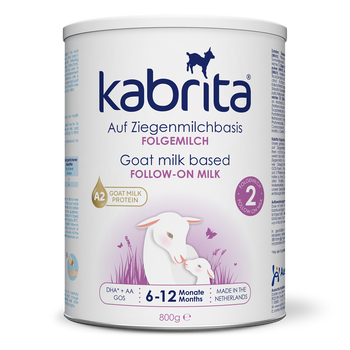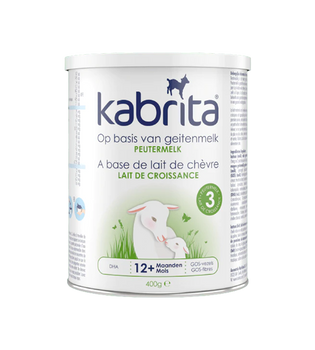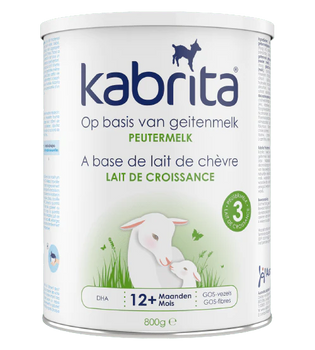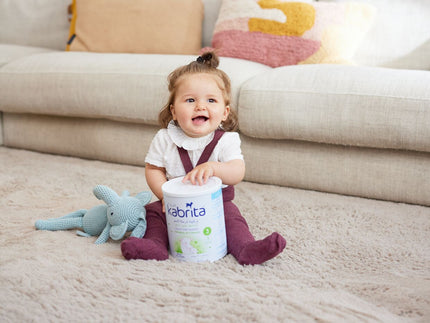Introducing solids

When is my baby ready to start with solid foods?
The first six months your baby can get all required nutrients and nourishment from breastfeeding or formula. Between four to six months your baby will be ready to try solid foods. Here are some signs they might be ready:
- Your baby’s appetite is growing
- Your baby curiously investigates your food during eating
- Your baby no longer has the reflex to push food out with his tongue
- Your baby can sit with support.
- Your baby can keep his head in a steady, upright position and can turn it towards or away from food
- Your baby opens his mouth when you offer a spoon with food
- If your baby shows a number of these signs, then he might be ready to start with solids.
Which solids to start with?
Solid foods are a new experience for your baby and also for your baby’s intestinal tract. Because their intestinal tract is still developing it is wise to start with mild and easy to digest solids, like single-grain cereal and/or mashed fruits and veggies.
Single-grain cereal can best be mixed with breast milk or formula, to create a familiar taste for your little one. Start by adding just a small amount of cereal to the milk to create a slightly thickened semi-liquid. Once your little one gets used to swallowing solids you can gradually increase the amount of cereal to create a thicker consistency.
Fruits and veggies are also a good way to start solids. Try pureed sweet potatoes, squash, applesauce, bananas, peaches, and pears, all of which appeal to babies due to their sweet taste. For an even smoother texture you can add some breast milk or formula to the puree.
Begin with a once-a-day feeding, whenever it's convenient for you and your baby, but not at a time when your baby seems tired or cranky. Your baby may not eat much in the beginning, but give him time to get used to the experience. First, nurse or bottle-feed your baby and then give him one or two teaspoons of pureed solid food. Some babies need practice keeping food in their mouths and swallowing. As the amount your baby eats increases, you can add another feed.
Tips and tricks
These tips will ease the process of introducing solids to your babies diet.
-
Choose the right moment
If you think that your baby is ready to try solid foods, then don’t start when your baby is hungry. Instead wait until your baby is alert and happy so you can offer solid foods slowly.
-
Make sure the solids are mashed and easy to swallow
Your baby will have to learn to swallow solids, so make sure the food is mashed into a smooth puree. If you want to make it even smoother then you can also add some breast milk or formula to the puree.
-
Offer food, don’t force it
Your baby will only take the food when he is ready. Place a tiny bit on the tip of a spoon and offer it to your baby. If he’s interested he will open his mouth and move towards the food. Don’t force it by pushing the spoon between his lips.
-
You can always try again at a later stage
Some baby’s instantly accept solids, while other babies need more time. If your little one refuses to take the food this time, then you can always try again in a couple of days.
-
Slowly add more foods and textures
After a few days you can slowly add other types of foods. This will allow your little one to experience different flavors. Around the 7th month you can also start to change the texture and introduce mashed foods or lumpy purees.
